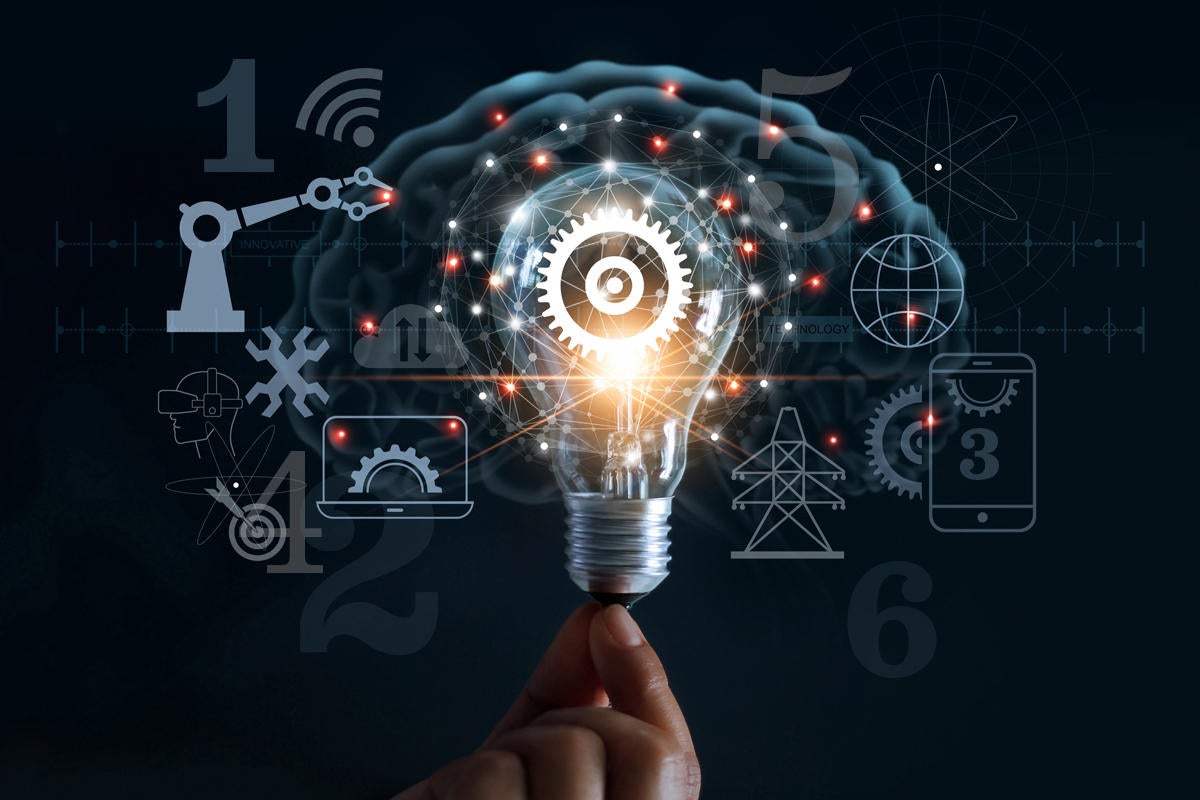- 11 Samsung Galaxy phone settings I always change right away - here's why
- VMware Product Release Tracker (vTracker)
- Spring Training for Success: What Sports Taught Me About Customer-Focused Partner Readiness
- New Relic simplifies Kubernetes performance monitoring
- Major Online Platform for Child Exploitation Dismantled
Using AI to manage IoT sensor power

Sensor power loss is the scourge of IoT.
Deploying millions of sensors is pretty much a useless endeavor if the devices continually run out of power. IoT sensors can’t collect or transmit data without power.
That’s one reason researchers are exploring ambient energy harvesting. Numerous projects have shown that small amounts of power can be generated by converting ambient energy in the environment – from stray magnetic fields, humidity, waste heat, and even unwanted wireless radio noise, for example – into usable electrical energy to power the IoT.
But while ambient energy can be harvested, it’s not a reliable replacement for battery power.
Scientists from University of Pittsburgh are proposing a system that applies artificial intelligence to cut back on IoT sensors’ energy consumption and mitigate battery longevity issues. The project uses piggyback sensors, which are powered by energy harvested from the environment, to trigger the main sensors. The piggyback sensors will run unattended and are trained, using AI algorithms, to signal the main devices to turn on only when specific event conditions are met.
“One of the main challenges of running AI algorithms with energy harvested from the environment is that the energy from the environment is intermittent,” said Jingtong Hu, lead researcher on the study and associate professor of electrical and computer engineering at the university’s Swanson School of Engineering, in an article on the university’s website. “… if the sensor loses power, you lose the data, so we want to help AI algorithms reach an accurate decision, even with intermittent power.”
The principal data-collection sensors and their radios will still require a battery supply, but power use will be reduced if they’re only engaged during specific events.
“The main device is programmed to do all of the legwork,” Hu said in the article. “The smaller sensor is the watchdog that can monitor the environment and wake up the larger sensor when necessary.”
While the concept sounds straightforward, it won’t be easy to execute.
The National Science Foundation (NSF) in August awarded a $250,000 grant to support the University of Pittsburgh project. An abstract on the NSF site describes the team’s efforts:
“This project aims to realize artificial intelligence (AI) in such batteryless devices. However, there are two main challenges: 1. most existing Deep Neural Networks (DNNs) are hard to fit in resource-constrained microcontrollers. 2. DNNs usually require multiple execution episodes to obtain one inference result and it may take indefinite amount of time due to the weak and unpredictable harvested power. To address these challenges, this project is developing multi-exit DNNs, which can output incrementally accurate inference results during each execution episode.”
The researchers outlined three tasks they plan to tackle to lay the foundation for conducting intermittent incremental inference on IoT devices powered by energy-harvesting technology:
“First, novel power trace aware compression, online pruning and adaptation algorithms will be developed to ensure efficient deployment of multi-exit DNNs on intermittently-powered devices. Second, new multi-exit statistical and incremental neural networks (MESI-NN) will be developed to further reduce the latency and improve the accuracy and energy efficiency. Third, new neural architecture search algorithms will be developed to automatically search the best MESI-NN architecture. This project will be evaluated with real system and applications such as image classification, keyword spotting, and activity recognition.”
The ultimate result will be “sophisticated batteryless computing systems,” according to the abstract.
Copyright © 2020 IDG Communications, Inc.

